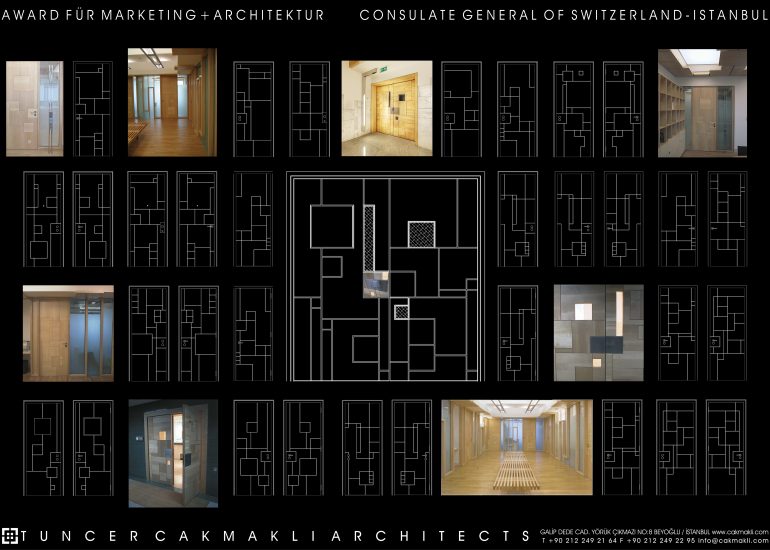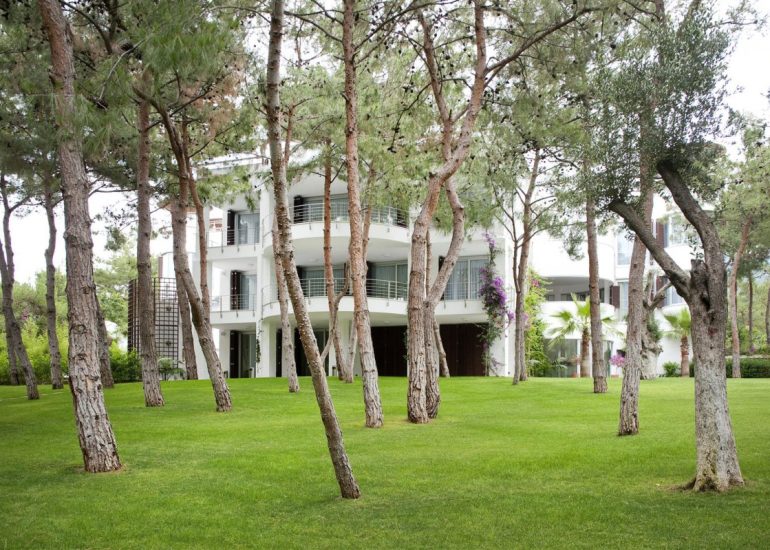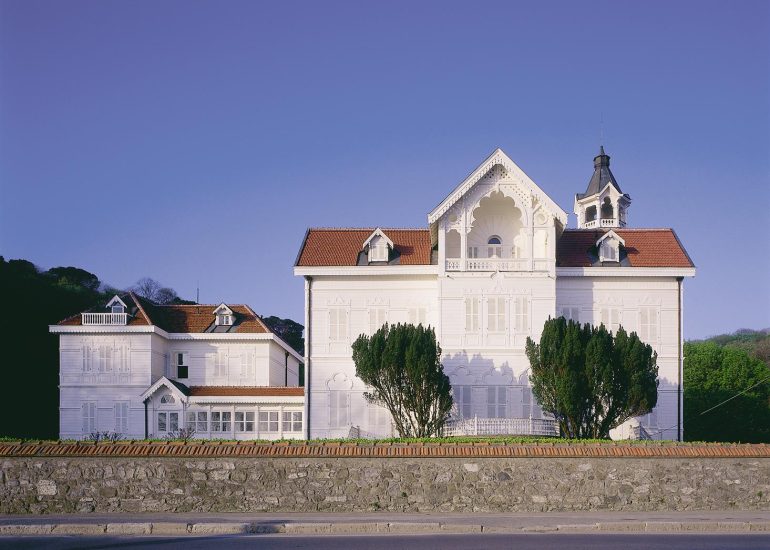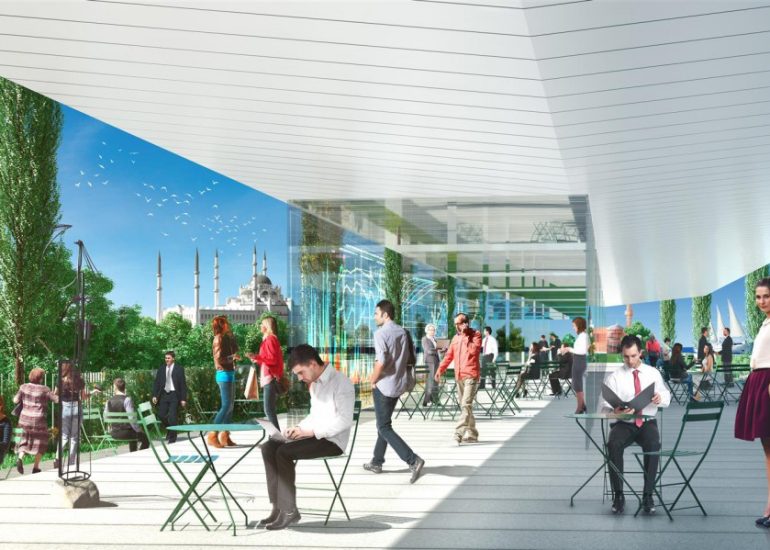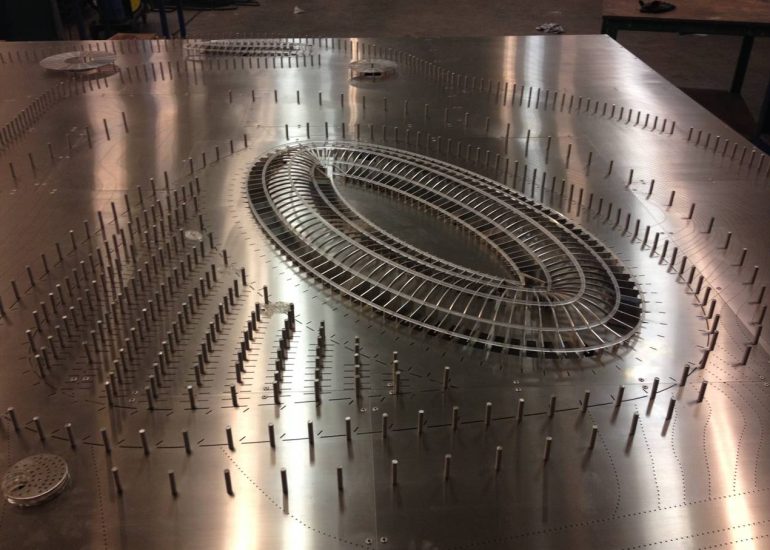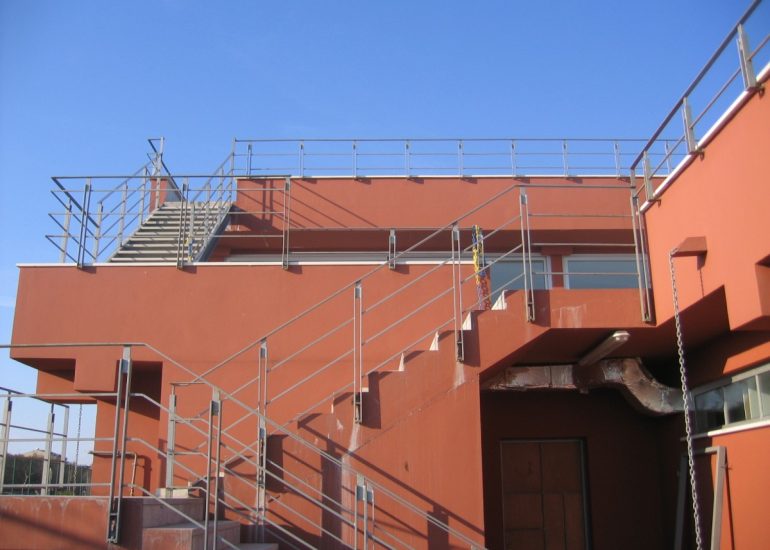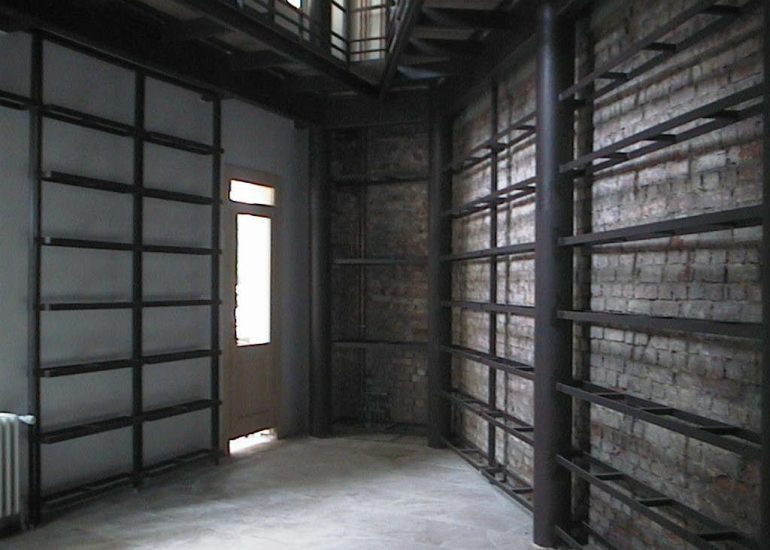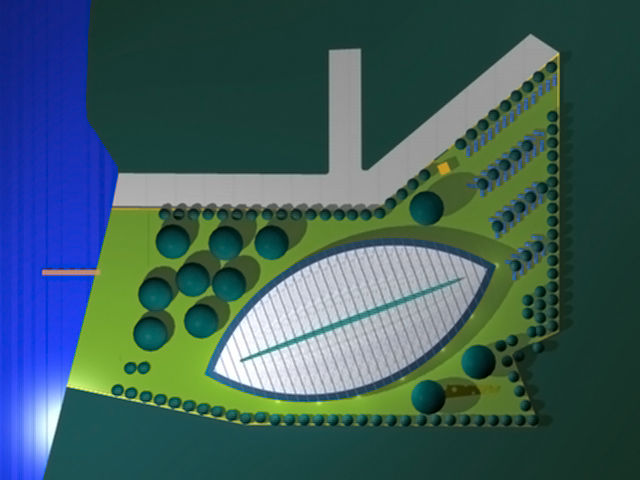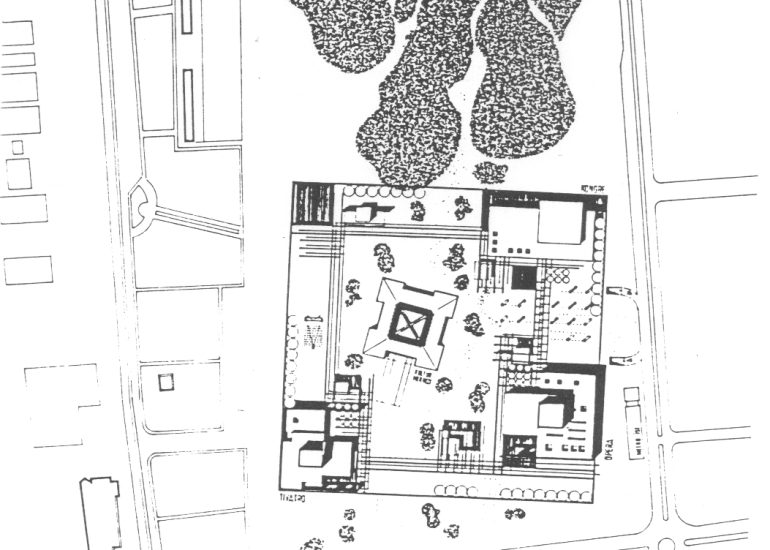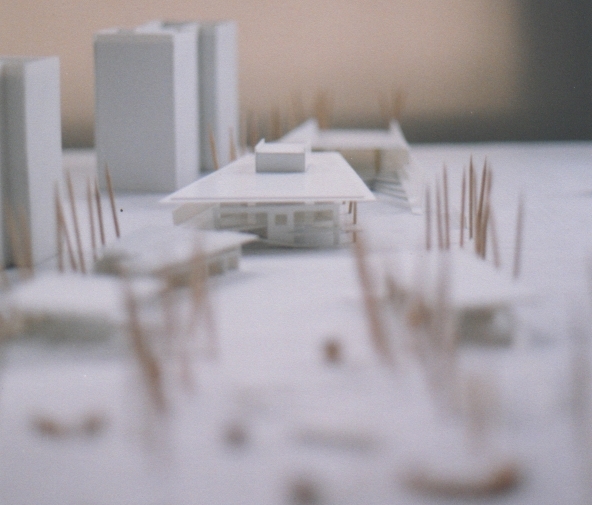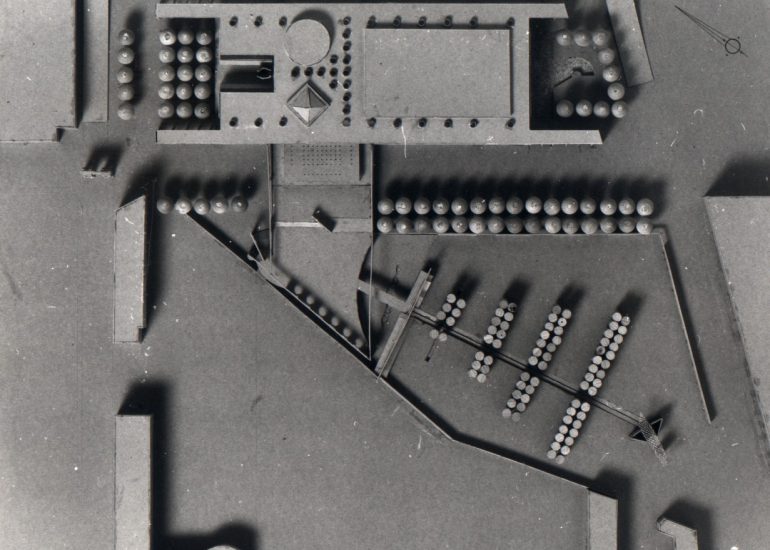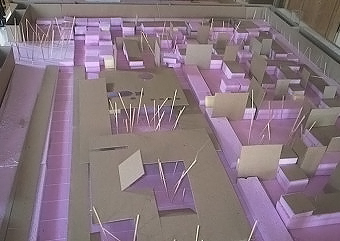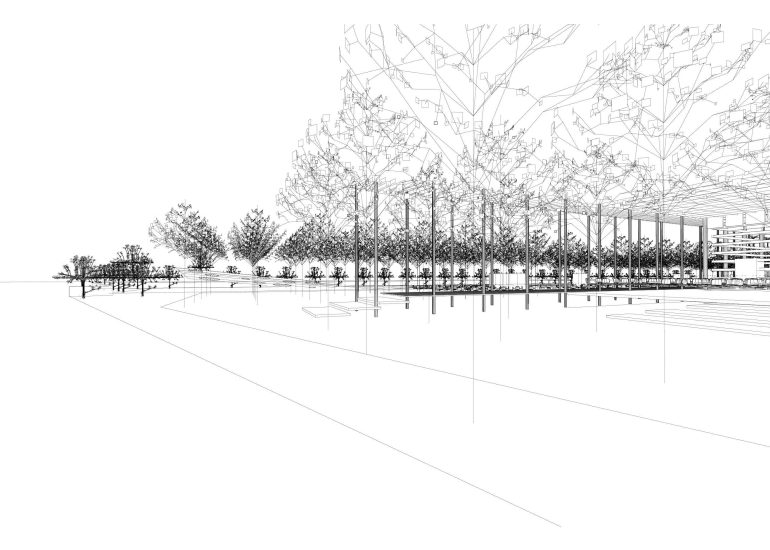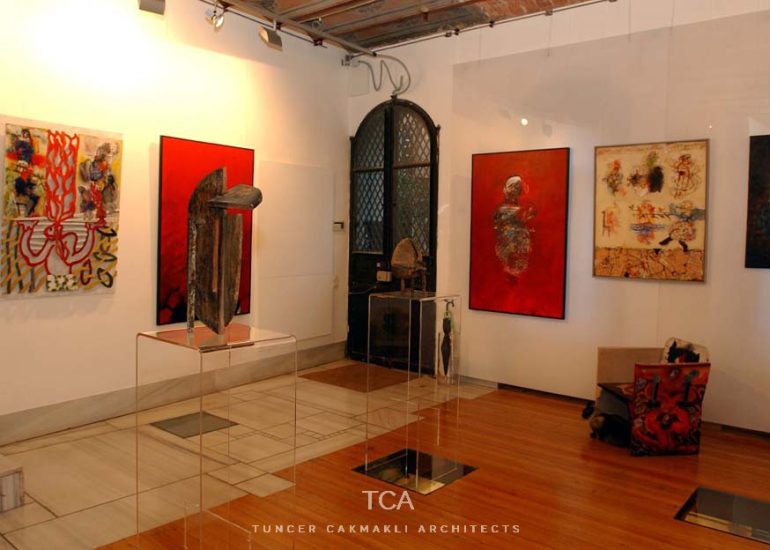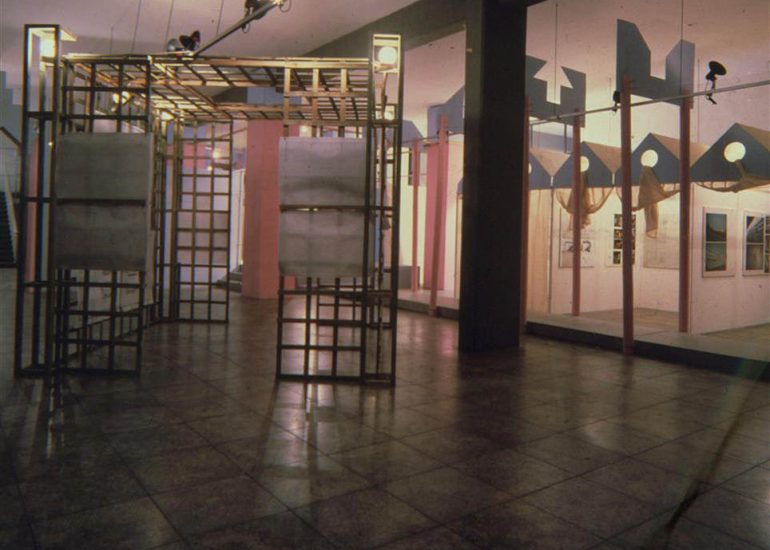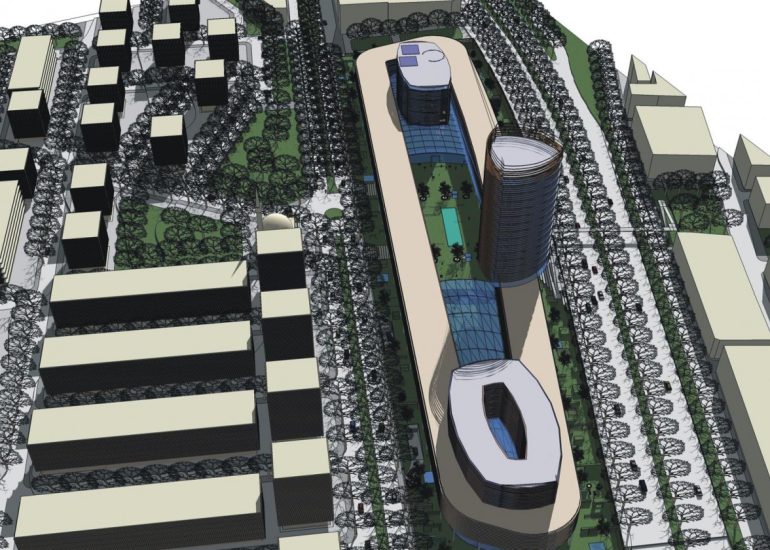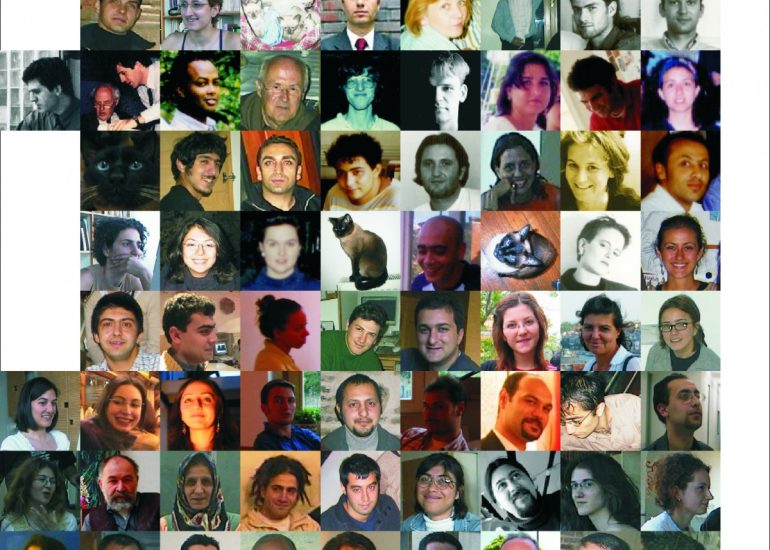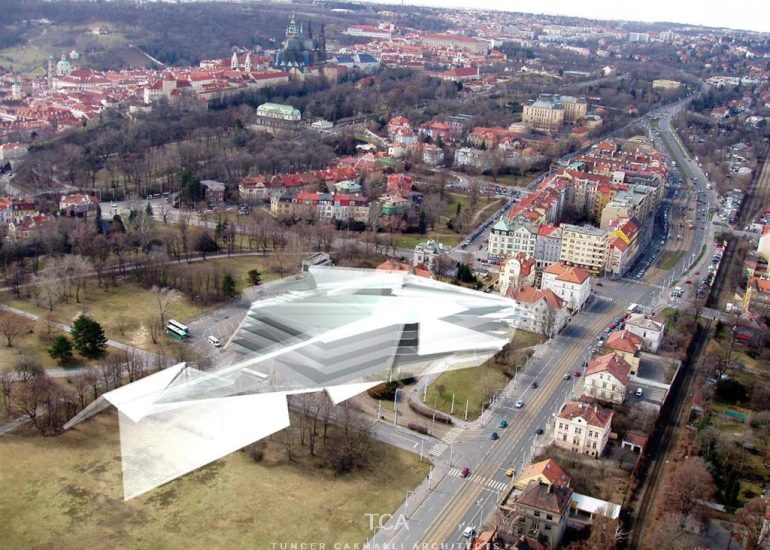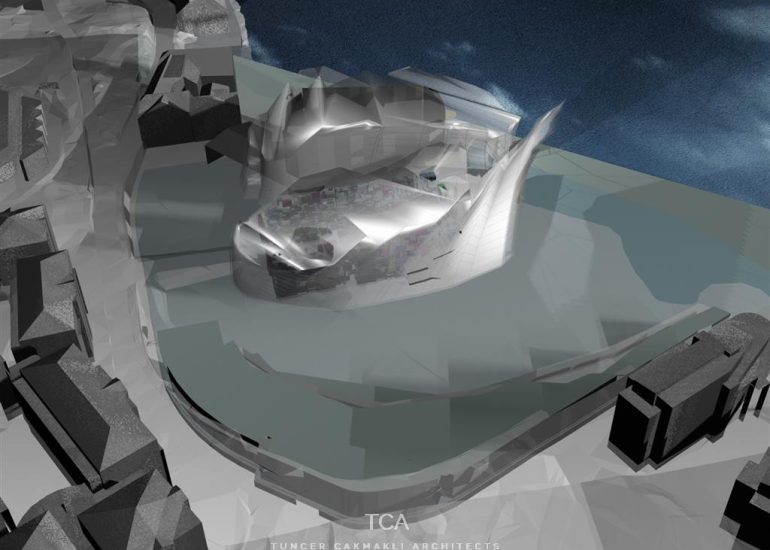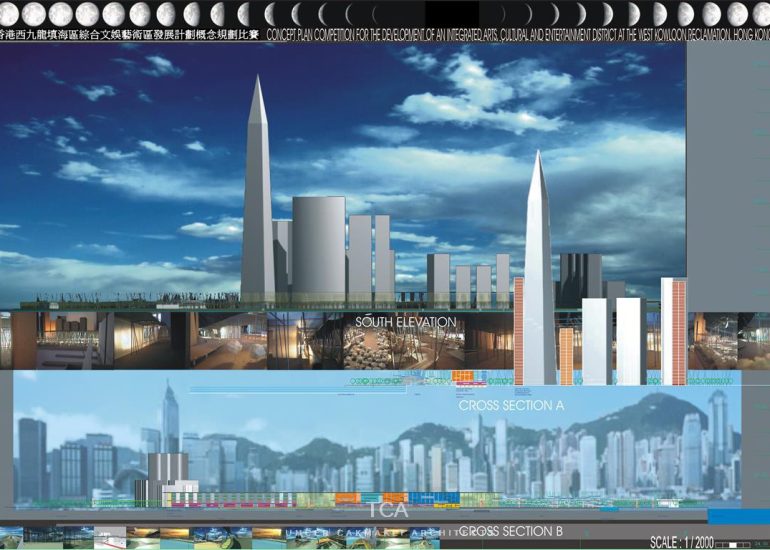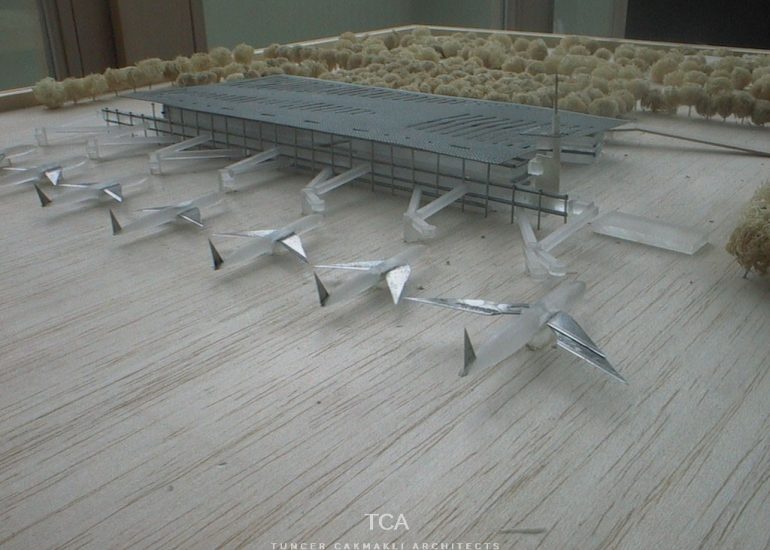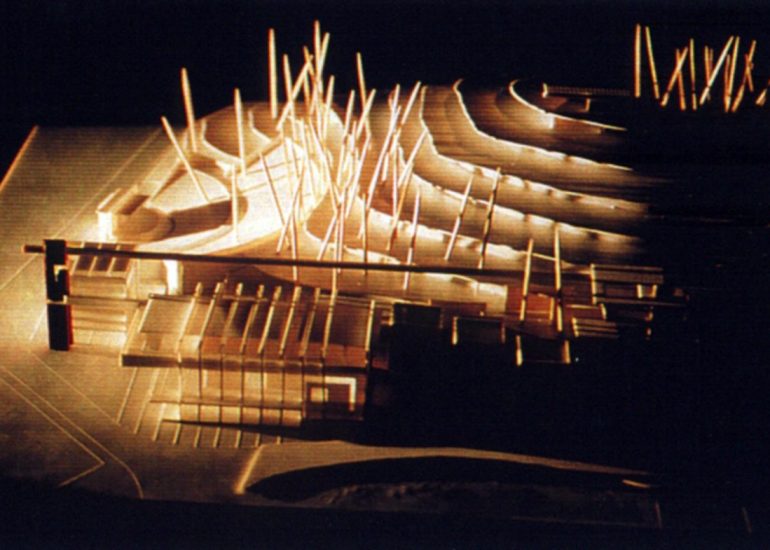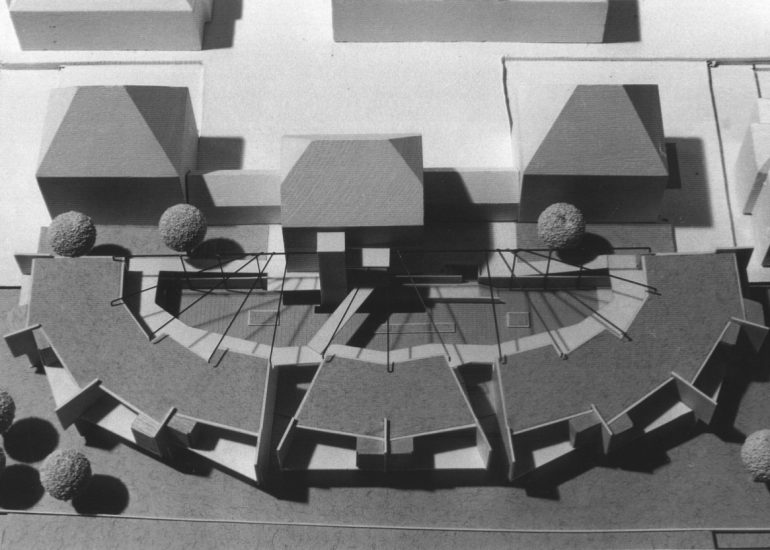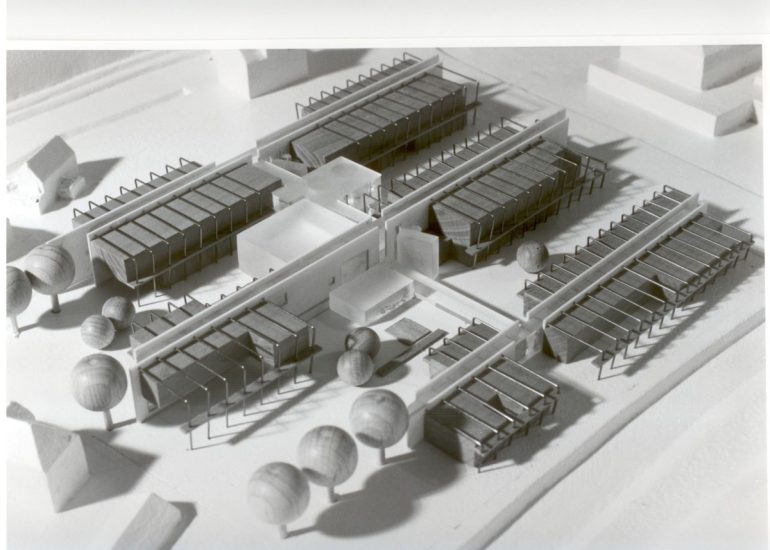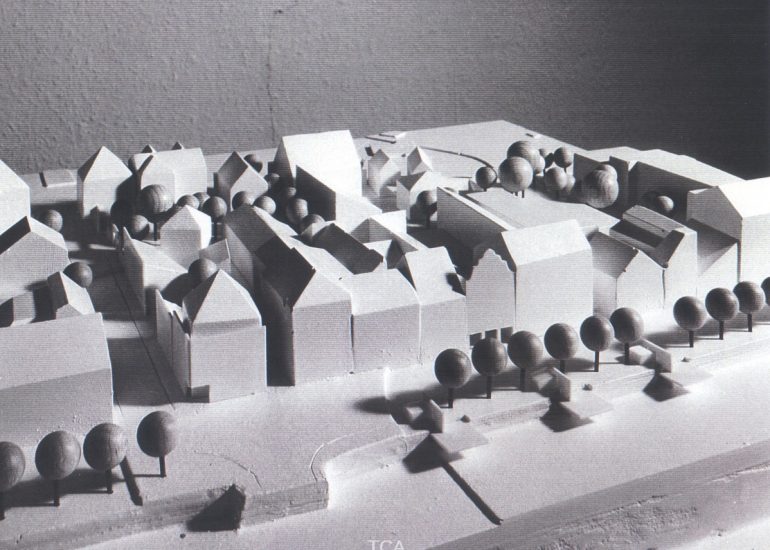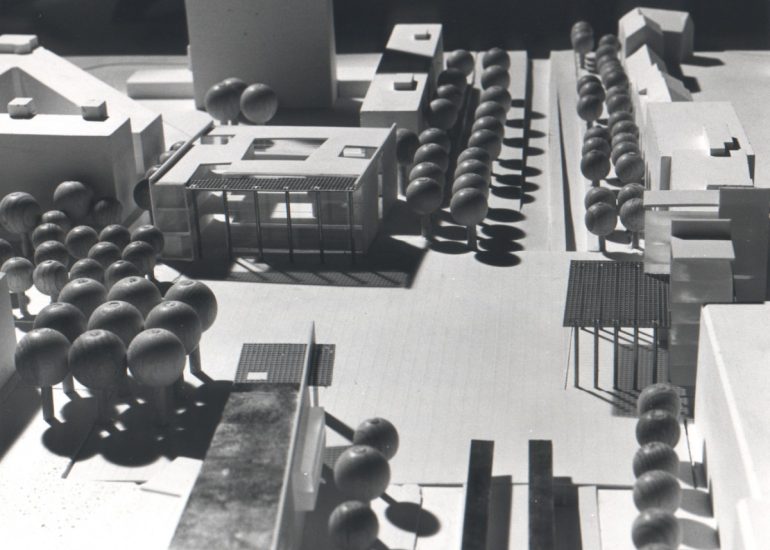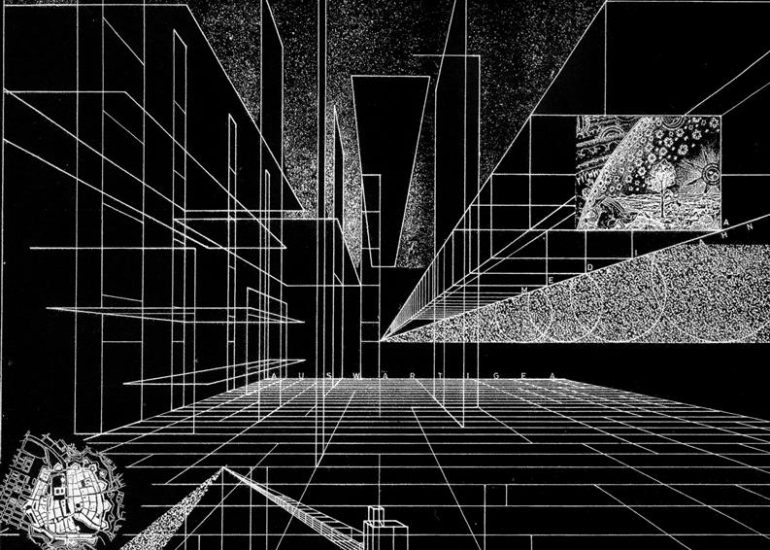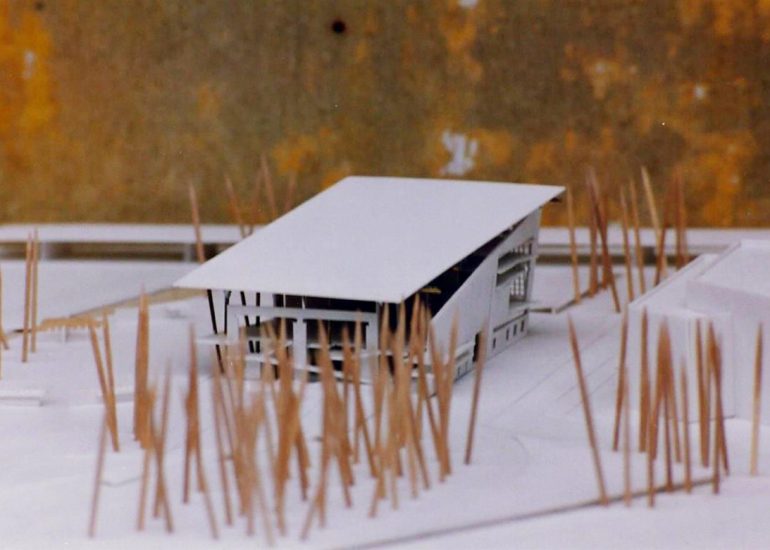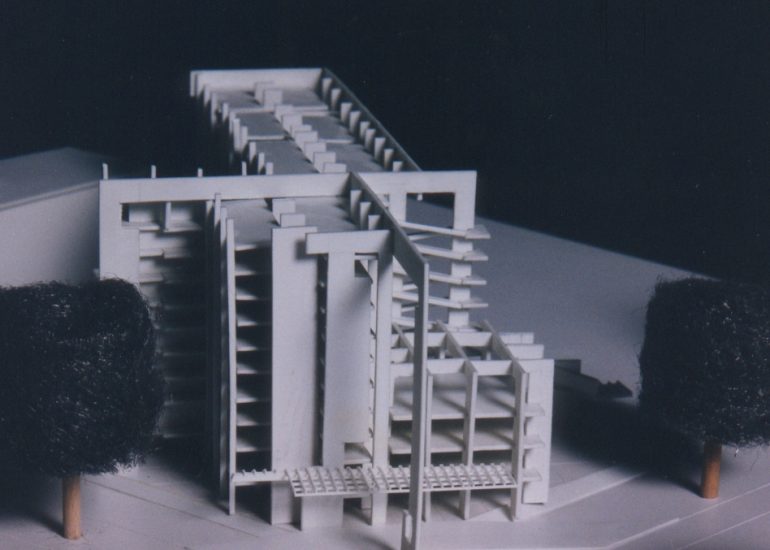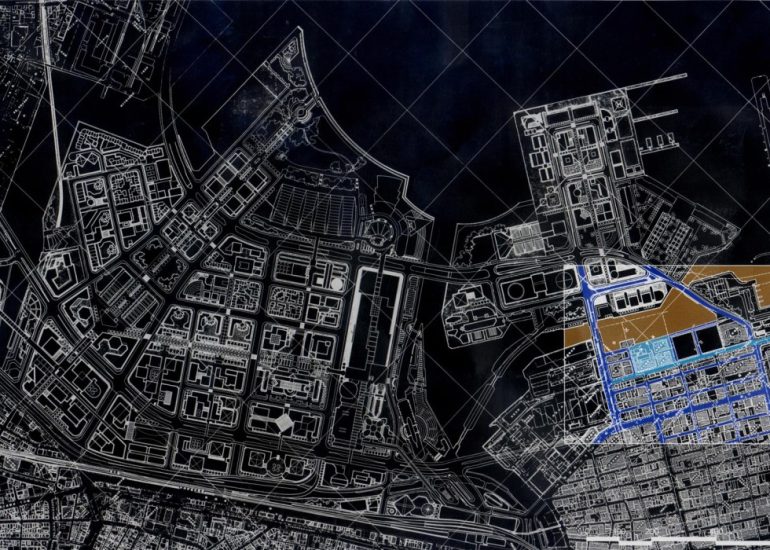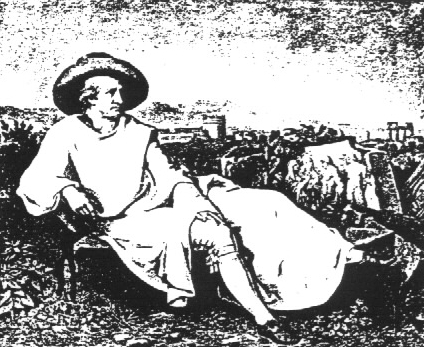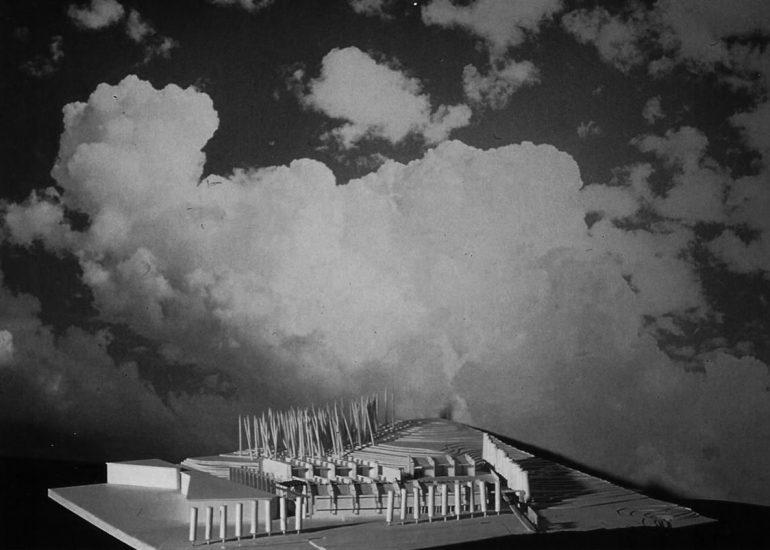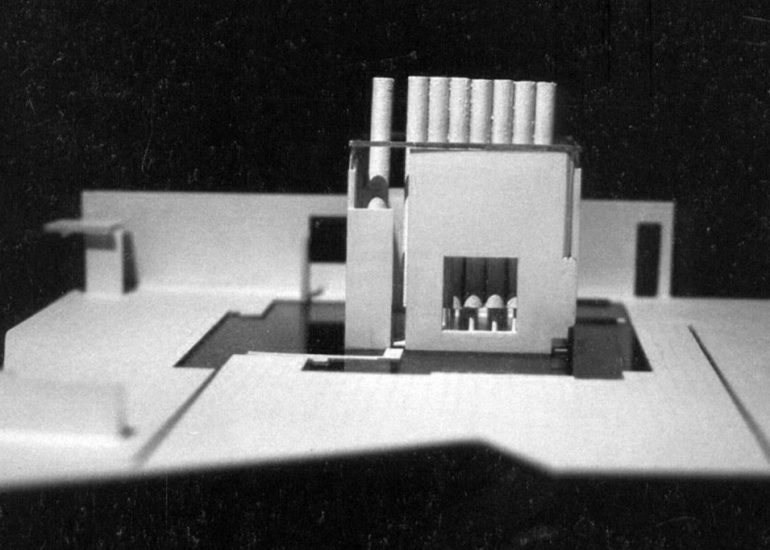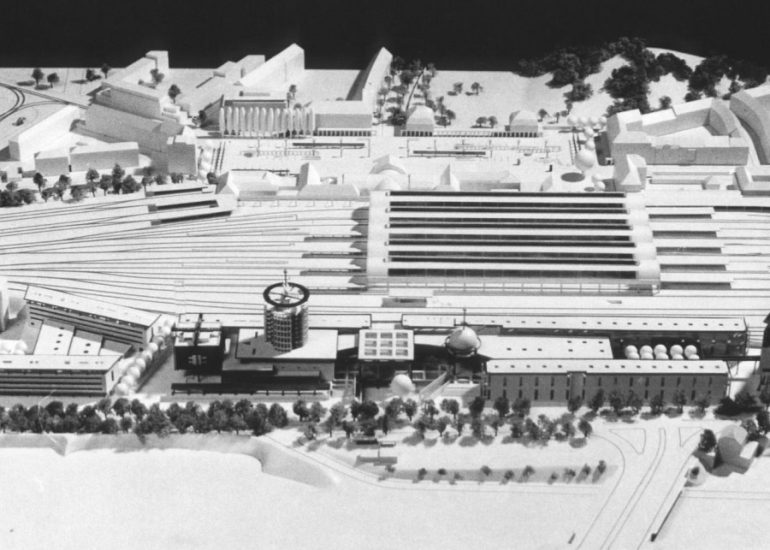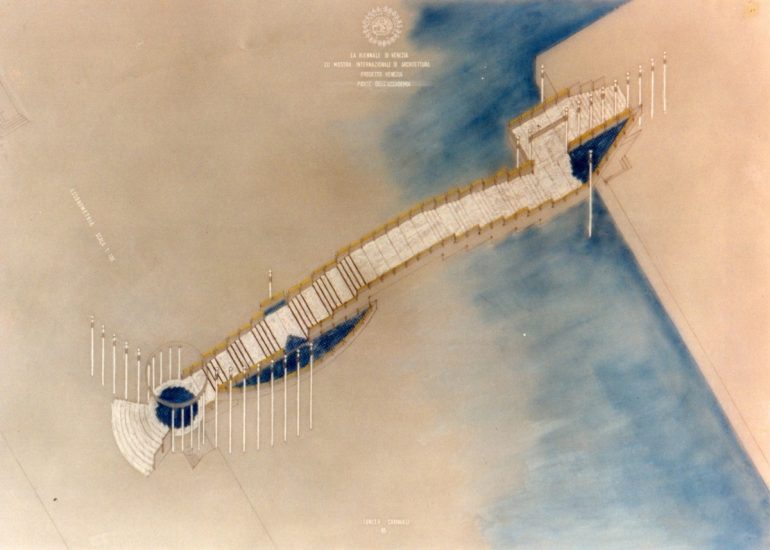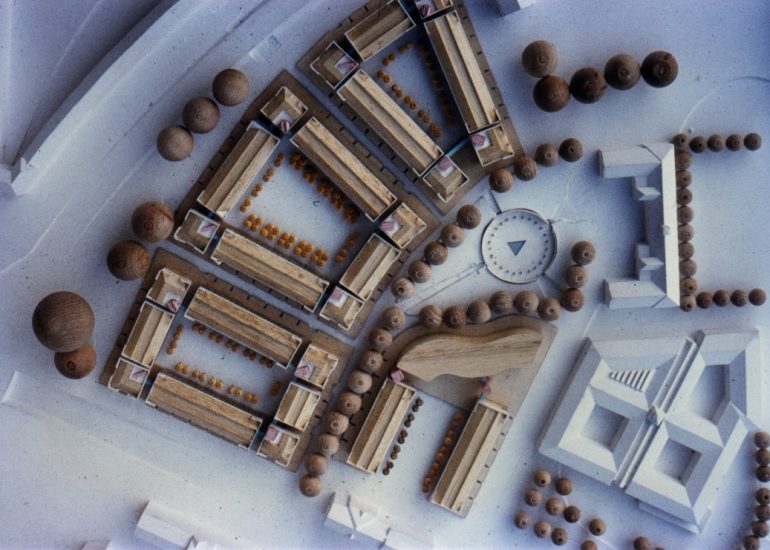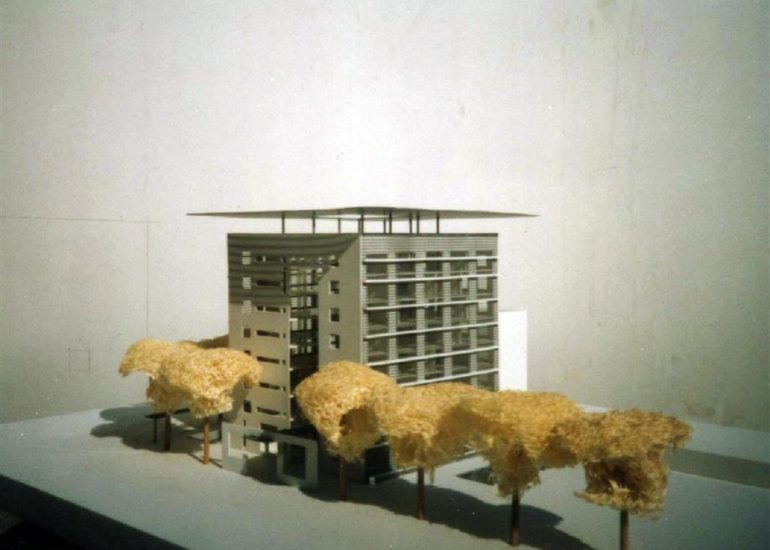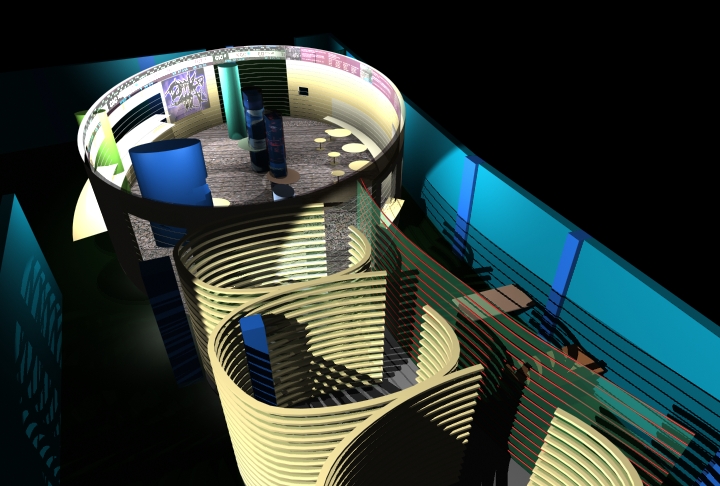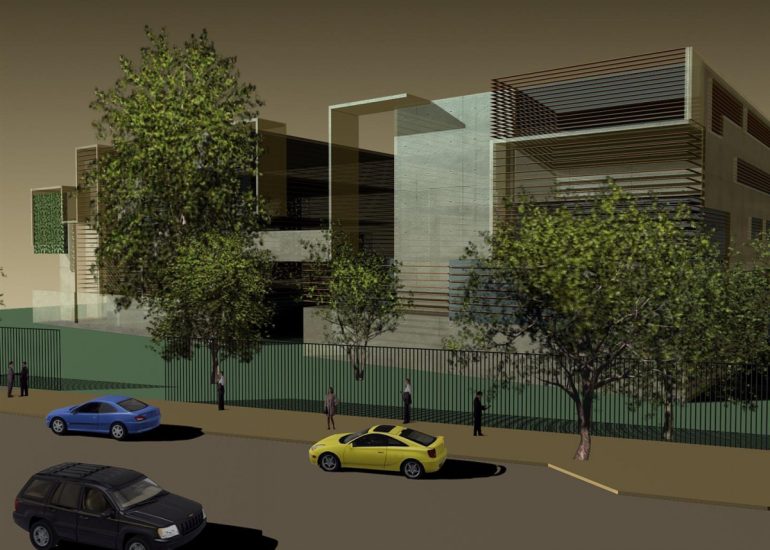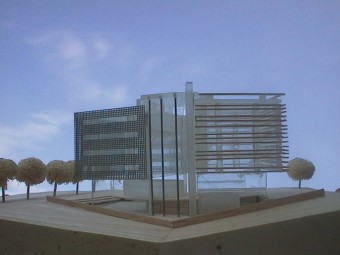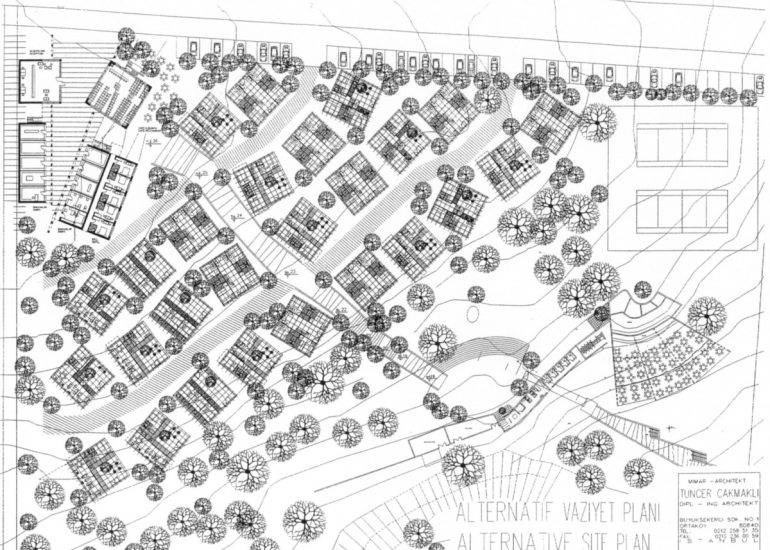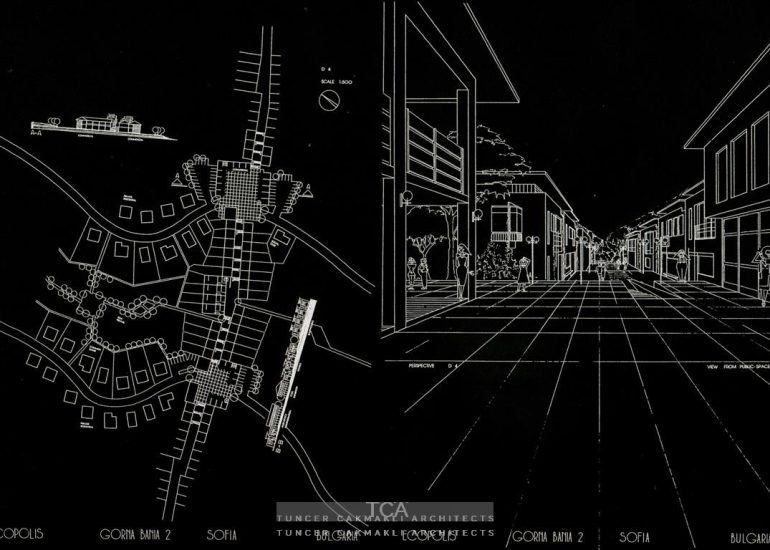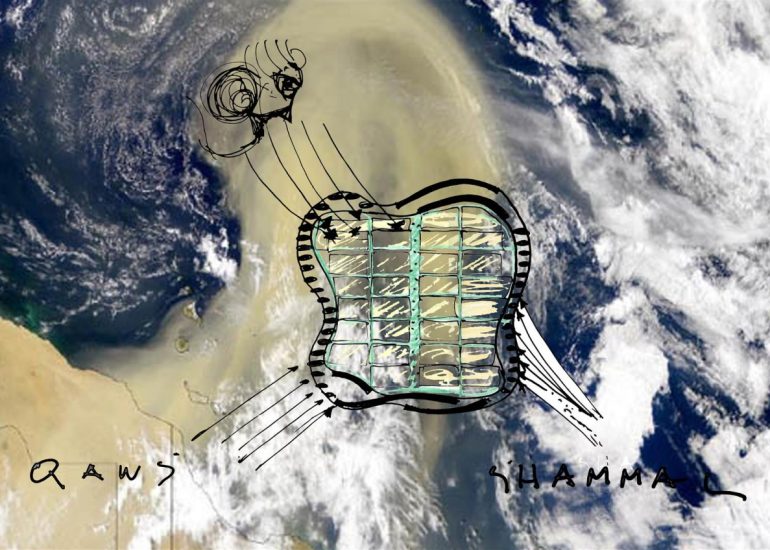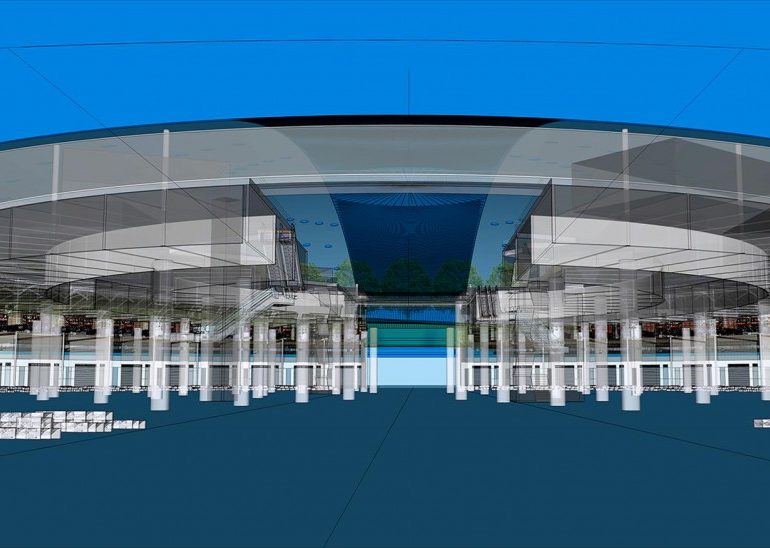BEHIND TCA DESIGN
DOORS
The Semantic Weight of the Threshold: Doors as Operators of Space
To imagine the door as merely a hole in the wall, a trivial device to overcome masonry, is not just a simplification but an impoverishment of thought. The door is not a negligible detail but the first semantic act of architecture. It separates by establishing distinction: a Here from a There, an Inside from an Outside, the Profane from the Sacred.
For those who read architecture as text, the door is not punctuation but the beginning of the sentence. It is the paragraph that structures the narrative of space. The salon is not defined by its furniture but by the fact that a door marks it as such. Without the threshold, without this mark, space remains faceless, an amorphous container.
The door is a symbol of dichotomy. It guarantees intimacy while producing publicity; it promises protection while threatening exclusion. Its absence—as in the radical transparency of the open-plan office—is not progress but a semiotic regime: the abolition of the threshold in favor of constant availability. Thus, the human is forced into a perpetual “now,” without inside, without retreat, without difference.
Yet true power lies not in the door but in the threshold. This modest line, once crossed, becomes a ritual. One knocks, one waits, one enters—and in that act the body, the voice, the inner posture are transformed. The threshold is less a place than a time: the suspended moment in which identity shifts, from guest to entrant, from outsider to participant.
When the door is magnified through scale and material, it becomes a gate. The gate is no longer mere opening but proclamation. It does not define a room but a world: the city, the palace, the campus. It speaks of authority or grace, of invitation or exclusion. The gate is the dramatized threshold, architecture as rhetoric.
In this semantics unfolds the philosophy of Tuncer Çakmaklı Architects. Against industrial indifference, which treats the door as a standardized spare part, they insist that each door has its own language. It becomes a vertical canvas, a scene upon which the dialogue between interior and exterior begins. The door to a library is not simply wood and hinge—its weight, texture, and handle articulate silence and contemplation. A communal door, by contrast, speaks in transparency and lightness.
Thus every act of opening becomes a conscious performance: a hand on the handle, a moment of anticipation, and the space behind reveals itself not as function but as experience. The door is not the limit but the prologue, the prelude to a poem of space, light, and silence.
Genius lies in transforming the most universal architectural element into a unique event of encounter—a discreet gesture that contains the very key to understanding the built world.
———————————————————————————————————
Eşiğin Anlamsal Ağırlığı: Kapılar Mekânın Operatörleri Olarak
Kapıyı yalnızca bir duvardaki boşluk, taş kütlesini aşmaya yarayan sıradan bir araç olarak görmek, sadece basitleştirme değil, düşüncenin yoksullaştırılmasıdır. Kapı, önemsiz bir ayrıntı değil, mimarlığın ilk anlamsal eylemidir. O, ayırarak farklılığı kurar: Burayı Oradan, İçeriği Dışarıdan, Profanı Sakralden.
Mimarlığı bir metin olarak okuyan için kapı noktalama işareti değil, cümlenin başlangıcıdır. O, mekânın anlatısını yapılandıran paragraftır. Salon, mobilyalarıyla değil, kapının onu salon olarak işaretlemesiyle tanımlanır. Eşik olmadan, bu işaret olmadan, mekân yüzsüz kalır; şekilsiz bir kap.
Kapı, ikiliğin simgesidir. Mahremiyeti garanti ederken kamusallığı üretir; korumayı vaat ederken dışlamayı tehdit eder. Yokluğu—örneğin açık ofisin radikal şeffaflığında—ilerleme değil, semiotik bir rejimdir: eşiğin kaldırılıp sürekli erişilebilirliğin dayatılması. Böylece insan, içi olmayan, geri çekilmesi olmayan, farklılığı olmayan sürekli bir “şimdi”ye zorlanır.
Ama asıl güç kapıda değil, eşiğin kendisindedir. Bu mütevazı çizgi, aşıldığında bir ritüele dönüşür. Kapıya vurulur, beklenir, girilir—ve o anda beden, ses, içsel duruş dönüşür. Eşik bir mekân değil, bir zamandır: Kimliğin değiştiği askıda bir an; misafirden girene, dışarıdakinden içeriğe dönüşümün anı.
Kapı, ölçek ve malzemeyle büyütüldüğünde, kapıya dönüşür. Kapı artık basit bir geçit değil, bir bildiridir. O, bir odayı değil, bir dünyayı işaretler: şehri, sarayı, kampüsü. Otoriteden ya da lütuftan, davetten ya da reddedişten söz eder. Kapı, dramatize edilmiş eştir; retorik olarak mimarlık.
Bu semantik bağlamda Tuncer Çakmaklı Architects’in felsefesi belirir. Kapıyı standart bir yedek parça olarak gören endüstriyel kayıtsızlığa karşı, her kapının kendine ait bir dili olduğunu savunurlar. Kapı dikey bir tuval, iç ile dış arasındaki diyalogun başladığı sahneye dönüşür. Bir kütüphane kapısı basitçe ahşap ve menteşe değildir—ağırlığı, dokusu, kolu sessizlik ve tefekkürden söz eder. Ortak alanın kapısı ise şeffaflık ve hafiflik dilinde konuşur.
Böylece her açış eylemi bilinçli bir performansa dönüşür: kapı koluna uzanan el, beklenti anı, ve arkasındaki mekân artık sadece işlev değil, deneyim olarak açılır. Kapı sınır değil, önsöz; mekân, ışık ve sessizlikten oluşan şiirin girizgâhıdır.
Deha, en evrensel mimari unsuru tekil bir karşılaşma anına dönüştürmekte yatar—yapılı çevrenin anlaşılmasının anahtarını taşıyan küçük ama derin bir jestte.


